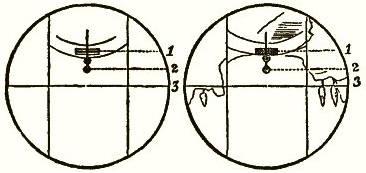The gnome experiment is not a controlled trial. It is not being conducted in a lab, but being sent from person to person via post mail.
Gravity measuring experiment are incredibly sensitive and outside factors weigh in. For example, how are they ruling out that the varying magnetic field of the earth is not affecting the metal weights in the weighing machine?
Different areas on earth have different atmospheric pressures, if only slight, and thus things fall faster/slower via buoyancy. How are they ruling out that either the gnome or the balance are not affected by the pressure?
The static force is said to be orders of magnitude stronger than the gravitational force. How do these experiments account for the static force from the floor, walls, and ceiling of the room the experiment is conducted in?
See: http://milesmathis.com/caven.html
Per the Mercator gravity map, my comment is that it comes from a space mission and is automatically invalidated on grounds that sustained space travel is not possible. These alleged gravity space missions were not controlled, either.
...says he who considers looking out your window, or stepping off a chair, as evidence.
No, the gnome experiment is not a controlled trial, it doesn't need to be. Sit down and run some numbers and you will see that the variations are too large to be caused by any of the factors you mentioned, even if they were combined. Buoyancy on the gnome would be in the order of 1.3x10
-3g (assuming it displaces 1L of air, which it probably doesn't, it probably displaces less). Electrostatic charge? It's ceramic, so I'm not sure (I've never seen ceramic hold a charge, let alone be influenced by one, but that's not to say it's not possible). Magnetic field of the earth? Not going to affect the gnome, because it's ceramic.
Yes, gravity measuring equipment is very sensitive, it also has ways to account for all of the factors you mentioned (oh, and balances are not used to measure gravity, they don't work for that).






